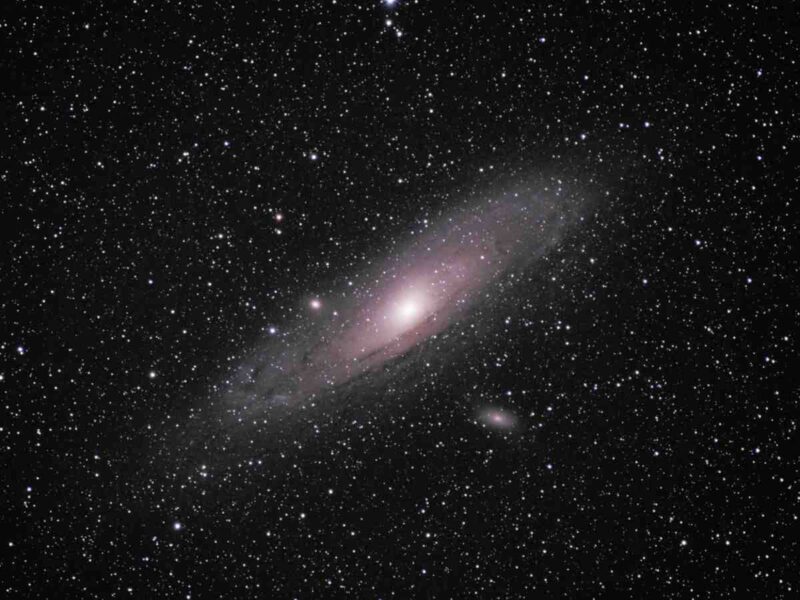An Underlying Informational Order
Around here, you may find writings that focus on the nexus between Plato and Germanic Idealism: the notion that our universe is at a fundamental level comprised of information, and it is the cause of the effect that we know as existence itself.
Science has slowly begun exploring this concept through insights into information dynamics which suggest more to reality than meets the eye:
The earliest records of the concept that reality is an illusion are from ancient Greece. There, the question “What is the nature of our reality?” posed by Plato (427 BC) and others, gave birth to idealism. Idealist ancient thinkers such as Plato considered mind and spirit as the abiding reality. Matter, they argued, was just a manifestation or illusion.
Fast forward to modern times, and idealism has morphed into a new philosophy. This is the idea that both the material world and consciousness are part of a simulated reality. This is simply a modern extension of idealism, driven by recent technological advancements in computing and digital technologies. In both cases, the true nature of reality transcends the physical.
We know the universe is expanding without the loss or gain of heat, which requires the total entropy of the universe to be constant. However we also know from thermodynamics that entropy is always rising. I argue this shows that there must be another entropy — information entropy — to balance the increase.
Why does symmetry rather than asymmetry dominate the universe? My study demonstrates mathematically that high symmetry states are the preferred choice because such states correspond to the lowest information entropy. And, as dictated by the second law of infodynamics, that’s what a system will naturally strive for.
The notion of a simulation appeals to many, but is indistinguishable from the Platonic idea that our reality is one part of a more complex system in which the causes of what we know as events and objects originate. What we see as a simulation reflects the nature of our world as an endpoint and not an origin.
Idealism generally states that reality is thought-correlative, formed of thoughts, or at least resembles the form of thoughts; the latter is the basis of parallelism as written about here, which basically sees parallels between energy, thought, and patterns of matter, as well as realizes that nature reaches every goal through parallel patterns.
Another parallel exists between our thoughts and natural selection. We have many thought-impulses, but pick whatever seems to fit the holistic need, namely as many of the known factors as possible. The weaker thoughts fade away, although sometimes we are fooled by emotion and fear being stronger than logic.
Yet another parallel can be found between human societies. When each ethnic group exists on its own, they work in parallel toward solution to known human problems and can pass ideas back and forth instead of having a centralized decision-making process which sets standards that then have no competition.
Some scientists have picked up on this and are seeing informational Darwinism as a possible root force in the universe, extending the competition between parallels to matter and energy through a refinement process that expands and then contracts, keeping the most relevant answers:
“Macroscopic” laws of nature describe and explain phenomena experienced daily in the natural world. Natural laws related to forces and motion, gravity, electromagnetism, and energy, for example, were described more than 150 years ago.
The new work presents a modern addition — a macroscopic law recognizing evolution as a common feature of the natural world’s complex systems, which are characterized as follows:
- They are formed from many different components, such as atoms, molecules, or cells, that can be arranged and rearranged repeatedly
- Are subject to natural processes that cause countless different arrangements to be formed
- Only a small fraction of all these configurations survive in a process called “selection for function.”
Regardless of whether the system is living or nonliving, when a novel configuration works well and function improves, evolution occurs.
We are closer to seeing the function of the universe: it produces variations in order to keep those that fit within what it has already established. This shows that it has a logical function that extends beyond matter simply colliding with matter randomly. Its randomness is not random but systematic.
For those of us who follow the Old Ways, this shows an insight into the divine, which is as much part of daily life as rain or sunshine. This world has a basis in something benevolent that works mechanically, it rewards function and realism, and most likely, there are places to go after we expire, at least for those that are relevant.
Tags: entropy, german idealism, information, macroscopic, old ways, plato, religion, simulacra, simulation










